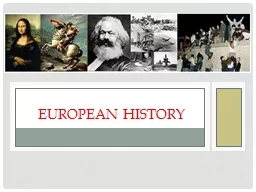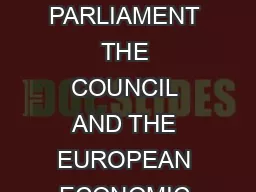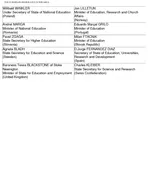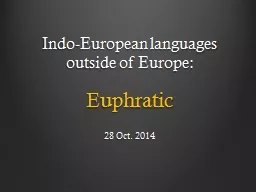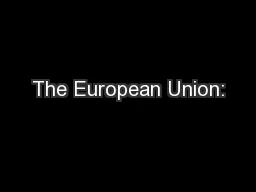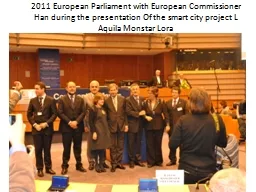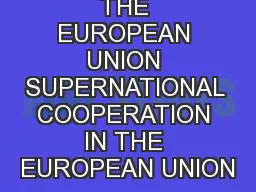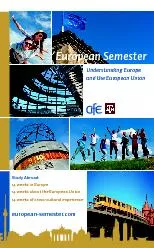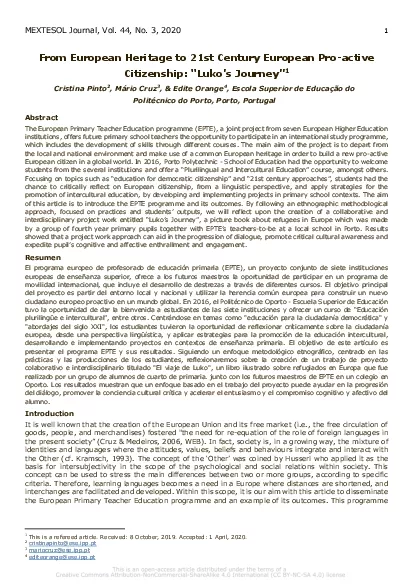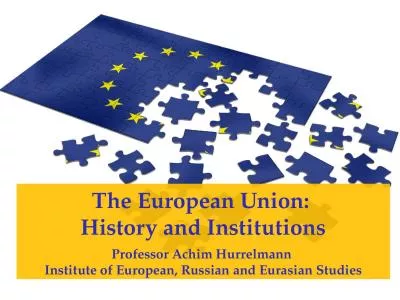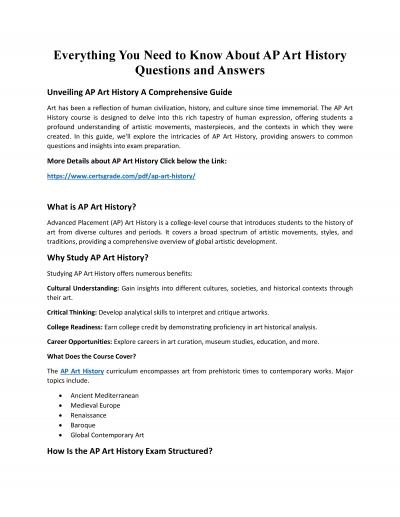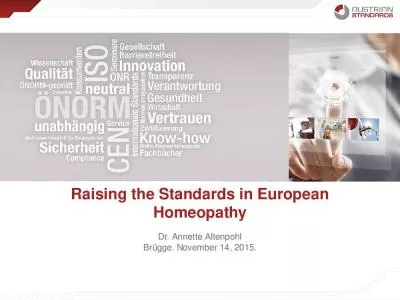PPT-European History
Author : pamella-moone | Published Date : 2017-07-18
History of Northern Europe Scandinavian Countries Vikings 793 1066 AD explored most of Europe and helped settle it Came from Sweden Norway and Denmark They were
Presentation Embed Code
Download Presentation
Download Presentation The PPT/PDF document "European History" is the property of its rightful owner. Permission is granted to download and print the materials on this website for personal, non-commercial use only, and to display it on your personal computer provided you do not modify the materials and that you retain all copyright notices contained in the materials. By downloading content from our website, you accept the terms of this agreement.
European History: Transcript
Download Rules Of Document
"European History"The content belongs to its owner. You may download and print it for personal use, without modification, and keep all copyright notices. By downloading, you agree to these terms.
Related Documents

